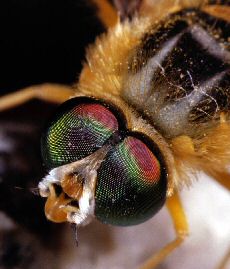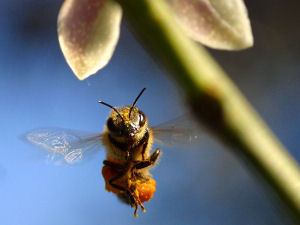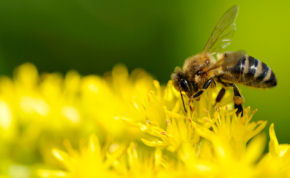
The cause of the widespread decline in pollinating bee populations has still not been explained, but new research published in the journal PLoS ONE has revealed an alarmingly rapid spread of disease from commercial bees to their wild pollinating cousins. Researchers Michael Otterstatter and James Thomson, from the University of Toronto, provide evidence that commercially produced bumble bees used in greenhouses are infecting their wild cousins, and that this is likely contributing to reductions in the natural pollinating bee population.
Otterstatter and Thomson investigated the occurrence of the highly contagious pathogen Crithidia bombi in wild bumble bees in southern Ontario, particularly in areas close to industrial greenhouse operations. In addition, the authors used a combination of laboratory experiments and mathematical modeling to simulate the spread of disease from commercial bees to wild populations, and to predict the extent and severity of such spread.
Tellingly, the frequency and severity of infections declined with increasing distance from greenhouses, suggesting that these agricultural operations are foci of disease for wild pollinators.
The mathematical model that Otterstatter and Thomson developed confirmed that pathogen spillover from commercial bees would allow the disease to invade wild pollinator populations near greenhouses. The model predicts that, although disease may build up slowly at first, given sufficient time, spillover will result in a large-scale epidemic among wild bees.
The researchers flag their concerns that the commercial bumble bee industry is expanding worldwide and the abundance of disease in commercial bees may pose a substantial threat to wild bee pollinators. The authors suggest that improved management of domestic bees through greater attention to their diseases and their overlap with wild species, would greatly reduce, or even eliminate, pathogen spillover.
Related:
Bee Boffins Abuzz With Theories About Honeybee Decline
Cell Phones To Blame For Deserted Bee Colonies?
Pesticide Suspected In Case Of AWOL Honeybees








Comments are closed.